Aurora Australis’ New Species in Antarctica- 02.20.08
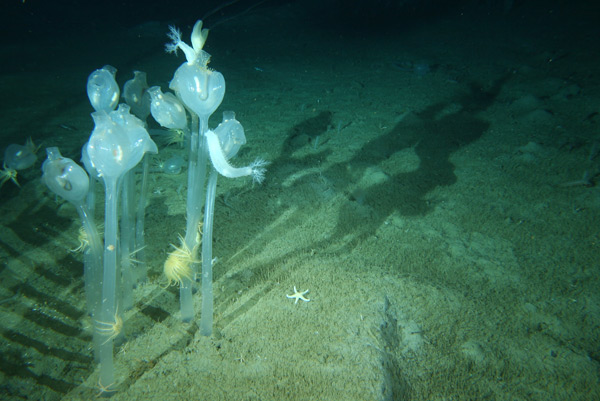 Inspiration comes not only in all shapes and sizes, but from literally anywhere… and all of us at NOTCOT have a particular fascination with the inspiration from nature (ok some more than others, since Justine picks nature over design with her phd studies!)… So when we heard about the new deep sea species found in Antarctica, and then found these high res images and video of them, we swooned. And realized we HAD to post them. Here’s what we found out from the Australian Antarctic Division: “The return of the last of three Antarctic marine science research vessels marks the culmination of one of Australia’s most ambitious International Polar Year projects, a census of life in the icy Southern Ocean known as the Collaborative East Antarctic Marine Census (CEAMARC). Australia’s Aurora Australis and collaborating vessels L’Astrolabe (France) and Umitaka Maru (Japan) have returned from the Southern Ocean, their decks overflowing with a vast array of ocean life including a number of previously unknown species collected from the cold waters near the East Antarctic land mass.” Some of the shapes and curves of these are just incredible… don’t those tunicates look like glassy hearts? Lots of imagery after the jump!
Inspiration comes not only in all shapes and sizes, but from literally anywhere… and all of us at NOTCOT have a particular fascination with the inspiration from nature (ok some more than others, since Justine picks nature over design with her phd studies!)… So when we heard about the new deep sea species found in Antarctica, and then found these high res images and video of them, we swooned. And realized we HAD to post them. Here’s what we found out from the Australian Antarctic Division: “The return of the last of three Antarctic marine science research vessels marks the culmination of one of Australia’s most ambitious International Polar Year projects, a census of life in the icy Southern Ocean known as the Collaborative East Antarctic Marine Census (CEAMARC). Australia’s Aurora Australis and collaborating vessels L’Astrolabe (France) and Umitaka Maru (Japan) have returned from the Southern Ocean, their decks overflowing with a vast array of ocean life including a number of previously unknown species collected from the cold waters near the East Antarctic land mass.” Some of the shapes and curves of these are just incredible… don’t those tunicates look like glassy hearts? Lots of imagery after the jump!
The picture above (and below is a close up) are from “220m on the continental shelf - The stalked structures looking like glass tulips are actually animals known as tunicates. They are early colonisers of areas recently disturbed by ice-berg scouring. They filter food particles from the water by pumping it through an internal mesh structure and the stalk is supported by hydrostatic pressure created by their pump. Feather stars (crinoids), sea cucumbers (holothurians) and another species of tunicate have used the stalked tunicates to gain height to give them an advantage in intercepting food particles from the water before it reaches the sea-bed. The sediment surface is covered with a mass of tubes, probably of small polycheate worms.”
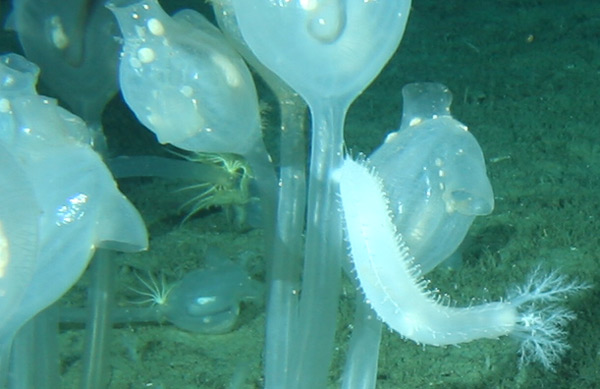
Next we have life at “400m on the edge of the continental shelf. - At this depth every inch of the sea-bed is covered with a complex mixture of sponges, bryozoans, hydroids and octocorals which form a home to a many species of fish, brittle stars, sea-urchins and a great variety of crustaceans and mollusks.”

Here’s a close up…
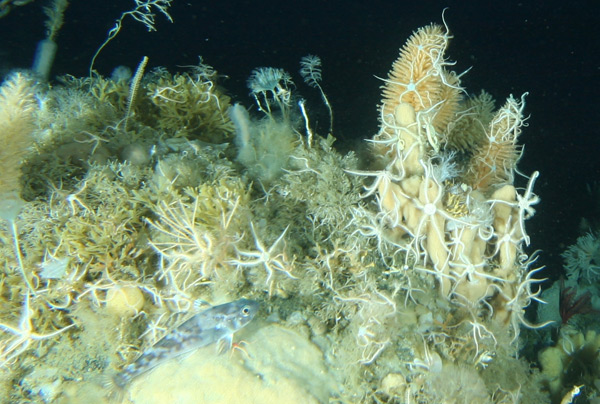
At “600m down a canyon leading off the front of the continental shelf - This is one of the most diverse sites sampled during the CEAMARC voyage. The main structural components are the brightly coloured coralline bryozoans and sponges, which create a habitat for many other species including brittle stars, octopus, molluscs and fish. Although in a different biological group from the tropical corals, the coralline bryozoans have similar calcium carbonate skeletons and are particularly susceptible to ocean acidification caused by rising CO2 levels because calcium carbonate becomes more soluble with increasing acidity.”
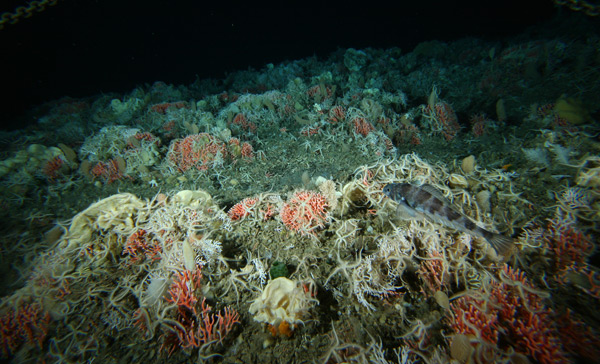
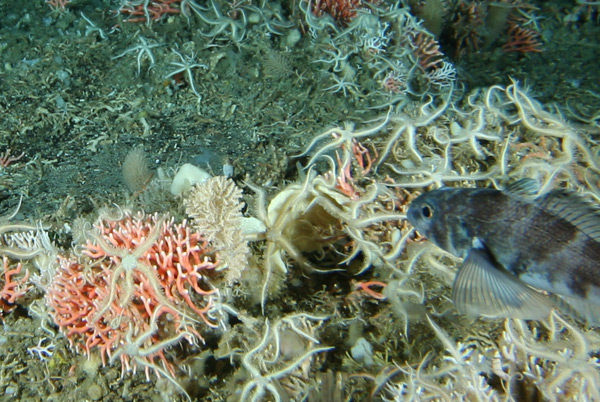
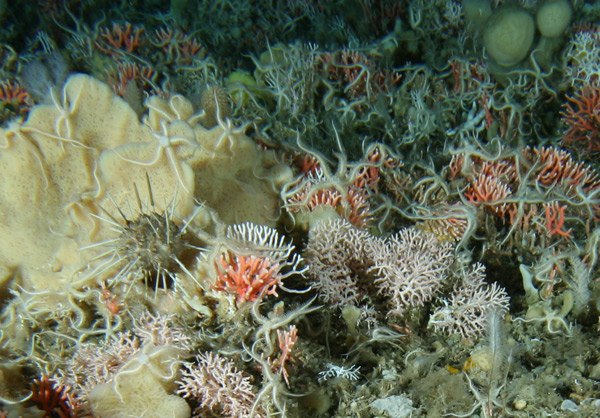
Next we have “900m down the slope off the front of the continental shelf - The glass sponges, with skeletons made of glass-like silicate fibres, and coralline bryozoans form a home for deep living grenadier fish, their large eyes adapted to pick-up the dim light created by bioluminescence. The only light to ever reach these depths is light created by animals with special organs that glow (bioluminescence)”
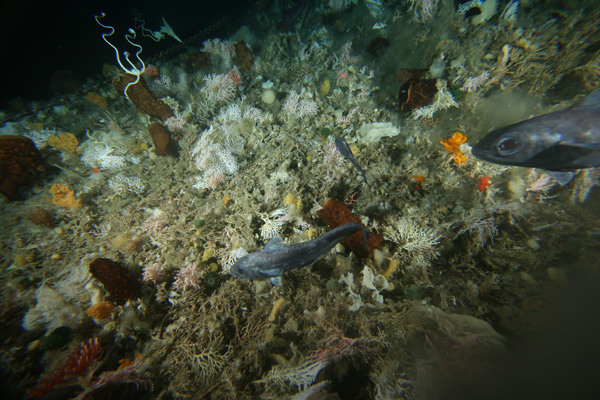
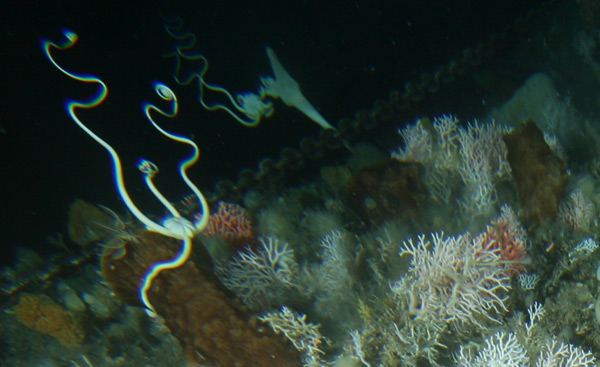
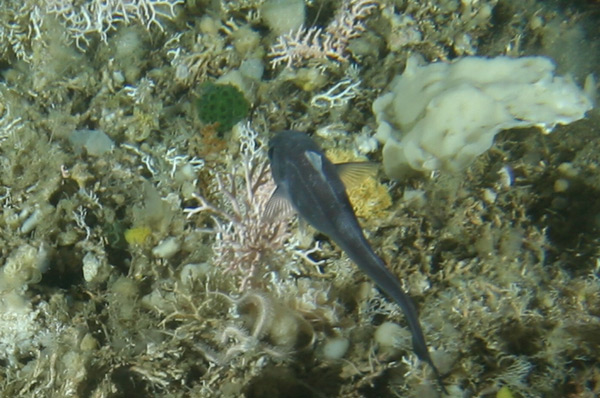
And lastly… here is “A giant scale worm on the Antarctic seabed at 645m - this worm is about 250mm long and weighed more than 300g, similar species around Australia would be less than 1/10th that size. Gigantism is common in Antarctica with many groups of marine animals growing far larger than similar species in warmer oceans.”
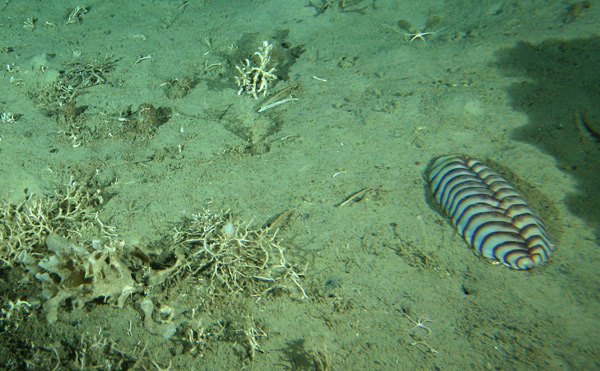
Check out this link to read the full article, see the video, and high res images… its a fascinating read!

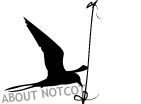


Your website and your news are great, I am from Argentina and I really admire everything about your website, please keep doing it! congratulations!
----- Arturo Sanchez 24.02.08 19:50